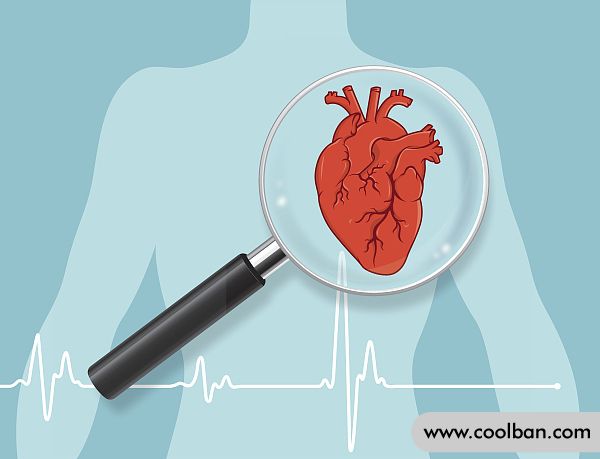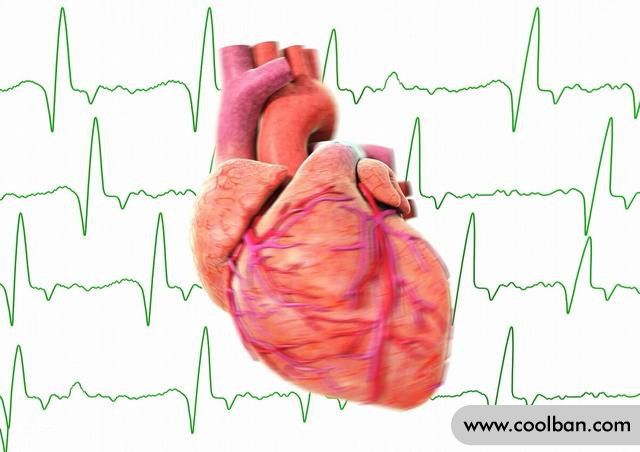What should I do if I have atrial fibrillation?
Paroxysmal atrial fibrillation may also induce cerebral infarction and should not be taken lightly. There are many patients with cerebral infarction. After finding the cause, the final result is a thrombotic cerebral infarction induced by paroxysmal atrial fibrillation.
Because paroxysmal atrial fibrillation and cerebral infarction are more insidious, most of them are occasional, transient symptoms of palpitations, which are easy to be ignored and cannot be treated in time, and are actually more dangerous.

1. Why does atrial fibrillation occur
The human heart is divided into four parts: the left atrium, the right atrium, and the left and right ventricles. The systolic signal originates from the sinoatrial node and travels first to the atrium and then to the ventricle through the atrioventricular node. That is to say, the atria and ventricles contract out of sync, the atria contract before the ventricles, and blood flows from the atria to the ventricles to ensure the normal pumping function of the heart.
Under the influence of various factors such as hypertension, coronary heart disease, rheumatic heart disease, pulmonary heart disease, cardiomyopathy, hyperthyroidism, alcoholism, emotional agitation, excessive exercise, etc., the electrical signals of the atrial are disturbed, resulting in the loss of regular contraction of the atrium, resulting in 350 to 600 irregular contractions per minute.

Second, the harm of atrial fibrillation
When atrial fibrillation occurs, the typical symptoms are palpitations, palpitations, and you can feel your heart "pounding". At this time, the atrium loses its normal function of pumping blood into the ventricle, and the blood supply to the heart will be reduced by more than 25%. For those with cardiac insufficiency, atrial fibrillation is easy to induce heart failure.
During atrial fibrillation, the blood flow in the left atrium slows down, and turbulence is prone to occur in the atrial appendage, which breeds thrombus and attaches to the atrial wall, which is called "wall-mounted thrombus". Once the wall-mounted thrombus falls off, there is a high probability that it will enter the cerebral arteries, block the smaller-caliber cerebral arteries, and cause cerebral infarction. About 20% of cerebral infarctions are caused by atrial fibrillation.
Long-term persistent atrial fibrillation results in a decrease in the blood supply capacity of the heart, which keeps brain cells in a state of ischemia and hypoxia for a long time, which will double the risk of cerebral infarction and dementia.

Third, what to do when atrial fibrillation occurs
The types of atrial fibrillation can be divided into paroxysmal atrial fibrillation and persistent atrial fibrillation. Paroxysmal atrial fibrillation is an intermittent attack. Generally, it can terminate on its own after a short attack and become normal sinus rhythm. The longest duration does not exceed 7 days. On the other hand, persistent atrial fibrillation lasts for more than 7 days and is difficult to stop on its own without intervention.
Whether it is paroxysmal atrial fibrillation or persistent atrial fibrillation, it may induce heart failure or cerebral infarction, so be careful. At present, the treatment of atrial fibrillation should first control the primary disease, and then choose drug therapy, electrical stimulation, ablation and other methods according to the specific situation to eliminate the atrial fibrillation and convert it to a normal heart rhythm.
Drug treatment usually requires long-term adherence, and atrial fibrillation is easy to recur after drug withdrawal; the recurrence rate of electrical stimulation is also high; only ablation has a low recurrence rate, and it is possible to cure atrial fibrillation, but ablation is expensive and has certain risks. It is not suitable for all patients with atrial fibrillation.

If the above methods still cannot completely eliminate atrial fibrillation, long-term coexistence with atrial fibrillation and long-term anticoagulant cerebral infarction treatment are required. For drugs such as warfarin and rivaroxaban that use anti-coagulation factors, coagulation indicators need to be monitored during the medication. If medication is contraindicated, left atrial appendage occlusion can be done to reduce the risk of cerebral infarction.
To sum up, whether it is short-term paroxysmal atrial fibrillation or persistent atrial fibrillation, it may cause complications such as cerebral infarction and heart failure, which should not be taken lightly. If you find atrial fibrillation, you must actively intervene, ask an experienced cardiologist to diagnose and treat, and formulate surgical treatment or drug treatment plans. Drugs for the treatment of atrial fibrillation and cerebral infarction should be used under the guidance of a doctor. If you have any doubts about the drug, please consult your doctor or pharmacist.
